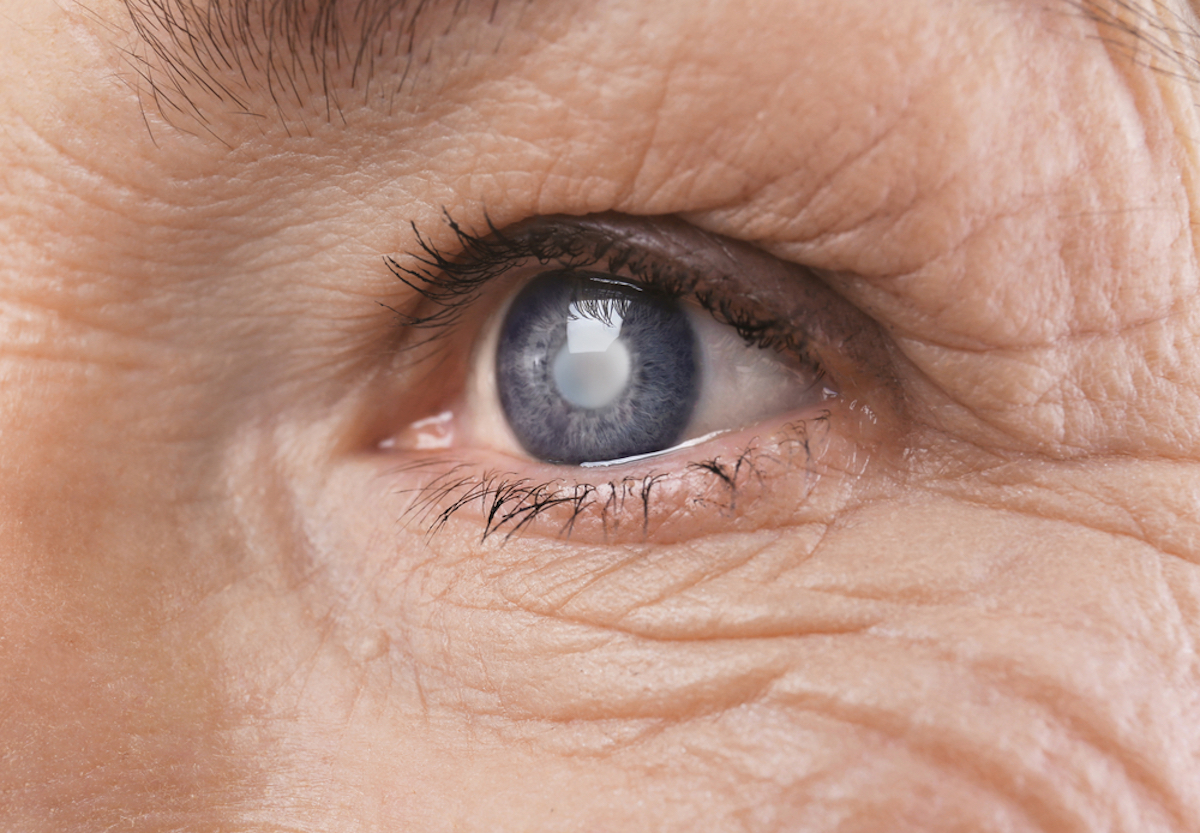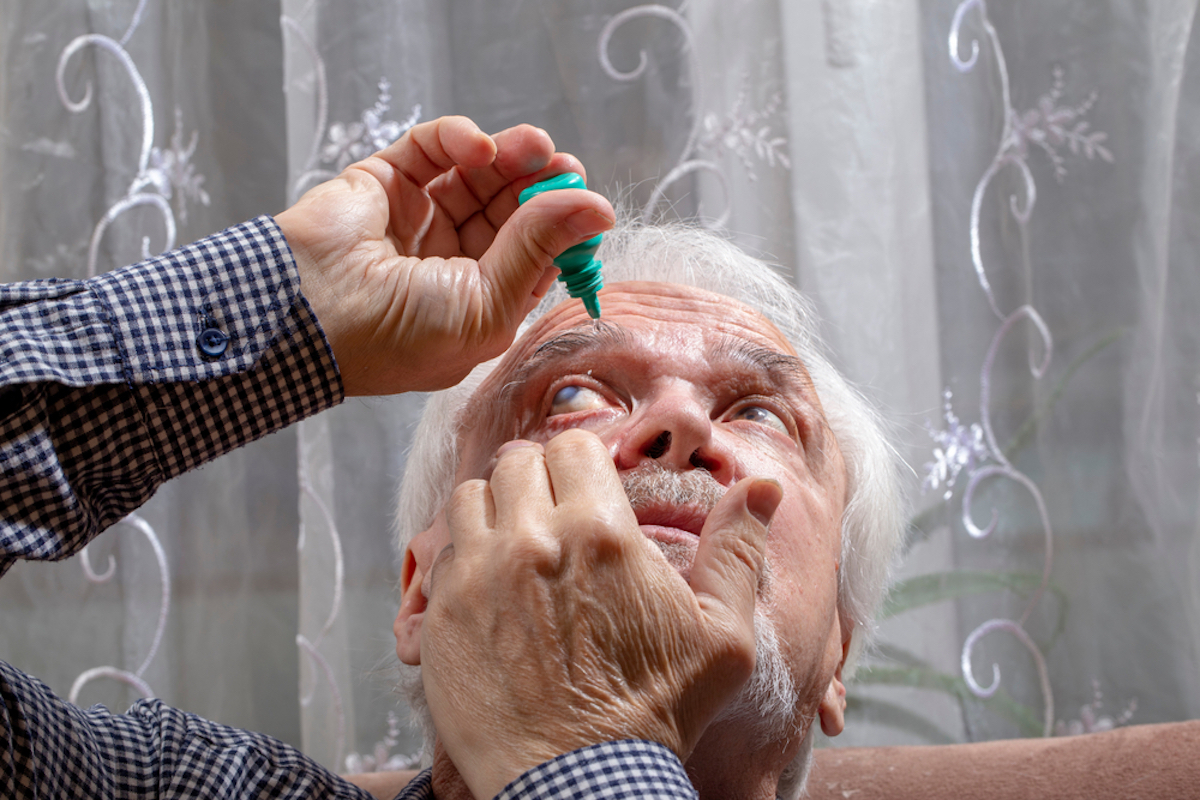Our eyes might be one of the most important things in our bodies. Sure, nowadays, you can live a great life without your eyesight, but let’s be honest: everyone deserves to see the sun come up and see it set. Taking care of our eyes is therefore incredibly important. In the United States, eye disorders are a common health problem. One of these disorders is glaucoma and about 3 million Americans are suffering from this – and about 50% don’t even know they have it. Globally it is the second leading cause of blindness, which makes it crucial to know as much as possible about the disease.

What Is Glaucoma?
We already know glaucoma is an eye disease and that it can cause someone to go (partly) blind. The big question is: what does it do to the eye? Officially it’s a term for a group of diseases that damage your eye’s optic nerve. The optic nerve is part of your eye that sends visual information to the brain. Your brain needs this information to create images. The damage is often caused by high pressure – also called intraocular pressure – in your eye.
Causes & Risk Factors
How is this pressure caused you might wonder? Well, usually the fluid – aqueous humor – in your eye should flow out through a small channel. If this channel gets blocked, pressure will rise, because the fluid cannot escape the eye. It doesn’t always have to do with a blocked channel. It can also be that too much fluid is being produced in the eye and then that channel cannot drain the fluid fast enough. Other rare causes of glaucoma are:
- Eye injury
- Severe eye infection
- Blocked blood vessels in the eye
- Inflammatory diseases
- Eye surgery
- Hereditary
Glaucoma may affect everyone, regardless of gender or race, but this risk increases the older we get. People over the age of 40, are more at risk. Unfortunately, African Americans and Latinos are more at risk of getting this eye condition than other races, and to make it even worse: they also tend to develop eye disease earlier in life. Other risk factors are:
- High blood pressure
- Family history
- Farsightedness
- Nearsightedness
- Use of certain medication
- Have diabetes, heart disease, or sickle cell anemia
- thinner corneas than normally
Types of Glaucoma
There are 6 different types of glaucoma. The most common one is open-angle glaucoma. About 90% of Americans suffer from this type, which occurs when the eye’s drainage canals are blocked. This slowly builds up the pressure in the eyes. The second type is called closed-angle or angle-closure glaucoma. This is a rarer type and comes on suddenly. The eye’s drainage canals are blocked because the angle between the iris and cornea is too narrow. The fluid cannot leave the eye, which causes a sudden rise in eye pressure.

The other 4 types are called normal-tension glaucoma, secondary glaucoma, pigmentary glaucoma, and congenital glaucoma. In the first type, it means you’ve optic nerve damage without increased eye pressure, and is more common in Asians and Asian Americans. The cause of this type is still unsure.
Secondary glaucoma is a complication caused by another condition, think of a sickle called anemia or diabetes. Pigmentary glaucoma means little pieces of pigment from the iris are leaking into your eye’s fluid, which is clogging the drainage channels. The last type is also known as, infantile or childhood glaucoma. This means that a child is born with undeveloped drainage channels, which causes pressure in the eyes because the fluid isn’t able to drain properly.
Warning Signs of Glaucoma
Often, glaucoma is subtlety and gradual and there was no way you could see it coming. Often, people with open-angle glaucoma have no symptoms until it’s too late. There is one type – closed-angle glaucoma – that has more noticeable symptoms, they include:
- Eye pain
- Eye pressure
- Headaches
- multiple-colored halos around lights
- Blurred/narrowed/low vision
- Blind spots
- Nausea & vomiting
- Red eyes
- Vision loss
The symptoms of infantile glaucoma are often spotted by your healthcare provider. Symptoms include excessive tearing, light sensitivity, and a large, cloudy cornea. This is normally a transparent surface, but can now cause the iris to appear dull. In most cases, glaucoma affects both eyes, but one eye is always worse than the other. Over a longer period, both eyes will be severely damaged by the disease, which can lead to complete vision loss. If you – or a loved one – are suffering from the above-mentioned symptoms, make sure to visit your professional healthcare provider.

Get Diagnosed
50% of the people suffering from glaucoma, don’t even know they have it. Unfortunately, there is no cure and the symptoms are irreversible. Which means that possible vision loss cannot be restored. There are no early symptoms to recognize it, so how can someone know they have it before the disease is damaging their eyesight? As we get older we should regularly check our eyes with our professional healthcare provider. Your professional healthcare provider can check via several painless tests. Tests include:
- Dilated eye exam; a test to check the optic nerve
- Gonioscopy; a test to examine the angle where the iris and cornea meet
- OCT; optical pressure test; a test to check for changes in the optic nerve
- Pachymetry; a test to measure corneal thickness
- Slit-lamp exam; a test to check the inside of the eye
- Visual acuity test; a test to check for vision loss
- Visual field test; a test to check for changes in peripheral vision
Treatment Options for Glaucoma
Early detection of glaucoma, by regularly testing your eyes is the best and only way to protect your eyes. Not only for early diagnosis but also for other eye diseases. This way you can slow down the development of permanent vision loss or blindness – via several treatments. Treatment options include:
- Medication; to relieve eye pressure and increase drainage
- Eye drops; to relieve eye pressure and increase drainage
- Laser treatment; to increase drainage
- Eye surgery; to relieve eye pressure
Educate yourself about eye health, especially as we and our eyes get older because our eyes are extremely important. Check for eye disorders to avoid or detect them. If you suspect deteriorating eyesight, contact your healthcare provider. Continue your search for information on eye health and glaucoma here.

